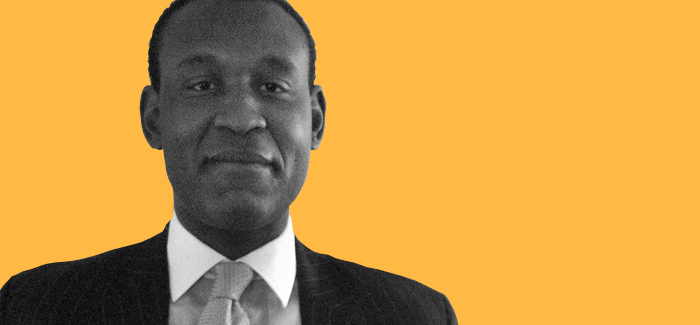
(Photography courtesy Aaron Horne Jr., AB’98, MBA’06, MD’06)
A UChicago basketball legend excels in a new arena, giving thanks to those who provided assists.
On October 18, seven new members will be inducted into the University of Chicago Athletics Hall of Fame. Aaron Horne Jr., AB’98, MBA’06, MD’06, was inducted in 2009 for helping lead the basketball team to a 76–29 record from 1994 to 1998. The Magazine recently caught up with Horne, now a structural heart disease fellow at the Johns Hopkins School of Medicine.
How did you decide to pursue your business and medical degrees at the same time?
When I was an undergrad, I graduated with honors in public policy. During my third year, I did a little soul searching and I figured out what would be the best direction to focus my vocational career. Medicine unquestionably was the focal point of that. But I was also interested in health-care delivery and health-care access.
In my second year of medical school, I had an opportunity to interact with patients. After that, I realized that while it is obviously critical to understand the anatomy and physiology of the patients, you also start to get a glimpse at the barriers people have to health-care experiences, be it their access to health care, their ability to pay for the treatments they need, or other socioeconomic barriers.
For me it was satiating to have a broader understanding of how we can do a more effective job of delivering health care to patients. The University of Chicago was great in terms of understanding that we need people who want to understand the diverse aspects of the health-care delivery sphere.
How were you able to juggle pursuing both degrees?
It sounds a little bit banal and cliché but at the end of the day, you have to identify areas in which you’re passionate. For me, cardiovascular health care not only was interesting from a physiologic standpoint but cardiovascular disease was and is the number-one killer of individuals within the United States, and affects people who were already minorities within our health-care delivery system, so I wanted to help to decrease these disparities.
Another thing that’s exciting about cardiology is that it’s an area that’s rife with technological advances. I want to figure out how to incorporate this incredible technology into health-care practice in a time where we have more constrained resources. All these are important questions that are fascinating to answer.
It was an area that was inherently something I was passionate about, therefore it’s something that still makes me excited to get up and go to work every day.
What’s an average workday for you?
As a term of reference, you might have read recently that George W. Bush had a stent placed in one of the arteries in his heart. That’s what I do on a daily basis.
My general and interventional cardiology training happened here at Baltimore. I stayed on for this year and I’m doing an additional fellowship on structural heart disease. As we all know, thankfully, people are living to be older these days and along with that they get a natural progression of heart disease. The valve that’s responsible for blood leaving your heart also lets blood go to your brain and vital organs. Over time that can naturally become stenotic and therefore not open up. Historically, these patients have had to have their chests cracked and opened up and have open surgery in order to have the aortic valve replaced surgically.
Now, at the forefront of medicine, were doing these procedures transcutaneously, meaning I can just put an vascular sheath in your groin and then through a sophisticated delivery catheter system, replace your valve without having to open up your chest in many instances. That’s what I’m focused on the majority of my time. My patients on average are 85 years and older, and were trying to figure out how to improve the quality of their life.
We also focus on peripheral vascular disease, patients that in some instances have smoked tobacco and have difficulty walking because of atherosclerotic plaque in their legs. We have to put a stent in the arteries to open up the blockages. The beauty of my job is that there’s a great variety.
Are athletics still a part of your life?
I run four times a week for 30 minutes in addition to low resistance weight training. I work out first thing in the morning. In addition to being critical for cardiovascular primary prevention it is also very therapeutic for one’s mental health.
One of the things that was unique about the University of Chicago is that while we absolutely believed in competing hard, the undergrad community really made an investment in our careers. We’re not going to the University of Chicago to play sports because we want to play professional athletics; however, we competed hard and pushed ourselves to realize our goals.
